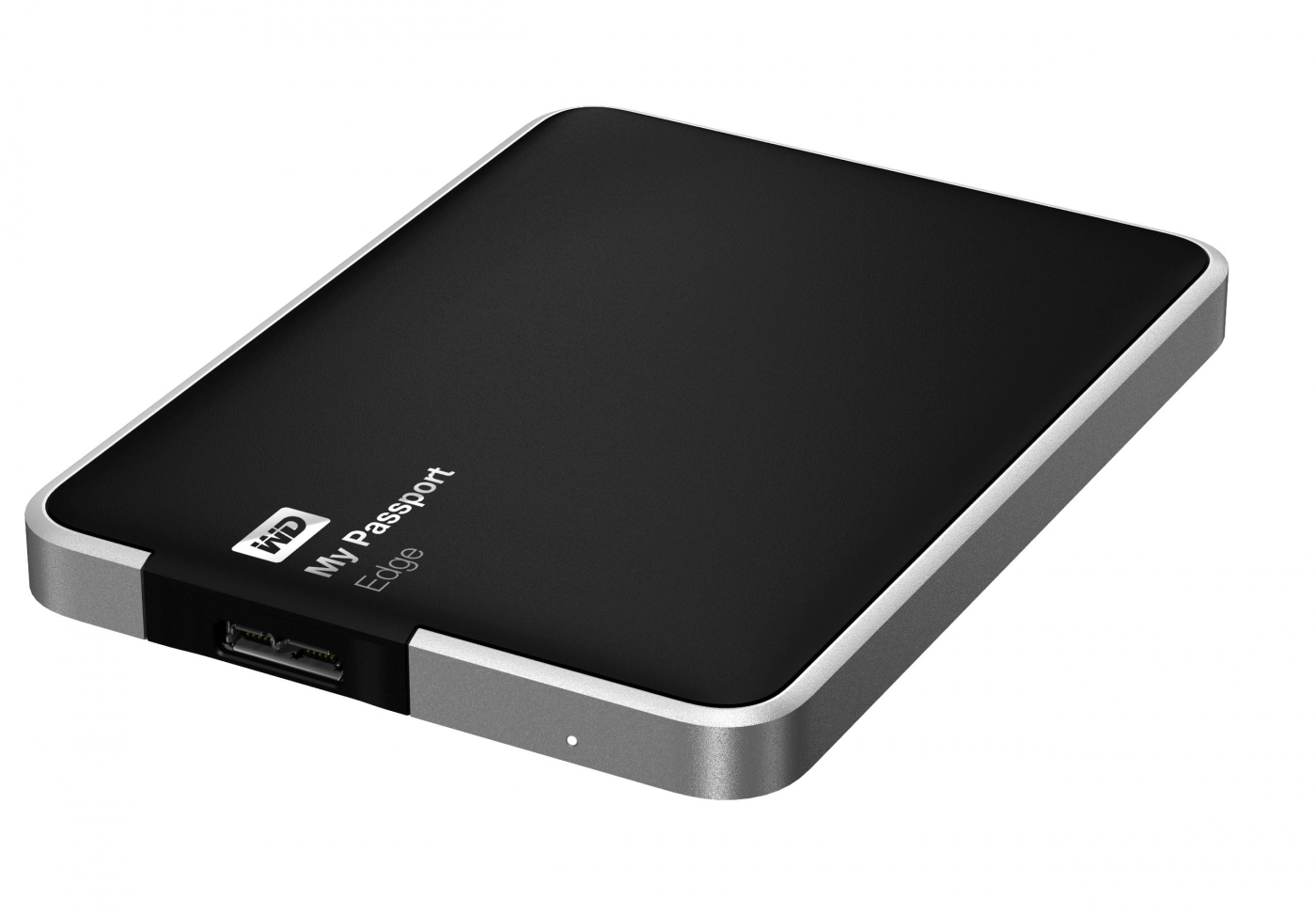 Let’s been honest, it’s not often that the average geek needs to duplicate a single hard drive to five others in a range of physical sizes and capacities. But if you did need to do it, Aleratec have the machine for the job with the snappily named 1-to-5 HDD Copy Dock Advanced. Jamie and Todd find out what it offers from Perry Solomon, President and CEO of Aleratec.
Let’s been honest, it’s not often that the average geek needs to duplicate a single hard drive to five others in a range of physical sizes and capacities. But if you did need to do it, Aleratec have the machine for the job with the snappily named 1-to-5 HDD Copy Dock Advanced. Jamie and Todd find out what it offers from Perry Solomon, President and CEO of Aleratec.
The Aleratec 1-to-5 duplicates one SATA drive to five others, taking both spinning disks and SSDs while catering for both 3.5″ and 2.5″ form factors without any additional adaptors. In itself, that’s not particularly amazing as Aleratec do other units that will duplicate 24 HDDs at once, but this working prototype has a couple of features that set it apart. First, it has a secure erase function which will wipe disks to Dept. of Defense standards, but more impressively, the 1-to-5 has the capability to duplicate from a larger drive capacity to a smaller drive capacity. This situation often occurs when moving from an HDD to an SSD where the HDD has a volume capacity in a terabytes but the SSD has only gigabytes. Obviously the files on the source drive have to be pruned to fit the space on the receiving drive but it’s a great feature on a duplicator.
The price of the 1-to-5 HDD Copy Dock Advanced is $899 and will be available shortly.
Interview by Jamie Davis of Health Tech Weekly and Todd Cochrane of Geek News Central for the TechPodcast Network.
Support my CES 2024 Sponsor:$11.99 – For a New Domain Name cjcfs3geek
$6.99 a month Economy Hosting (Free domain, professional email, and SSL certificate for the 1st year.) Promo Code: cjcgeek1h
$12.99 a month Managed WordPress Hosting (Free domain, professional email, and SSL certificate for the 1st year.) Promo Code: cjcgeek1w
Support the show by becoming a Geek News Central Insider
Podcast (specmedia): Play in new window | Download | Embed
Subscribe: Apple Podcasts | RSS









